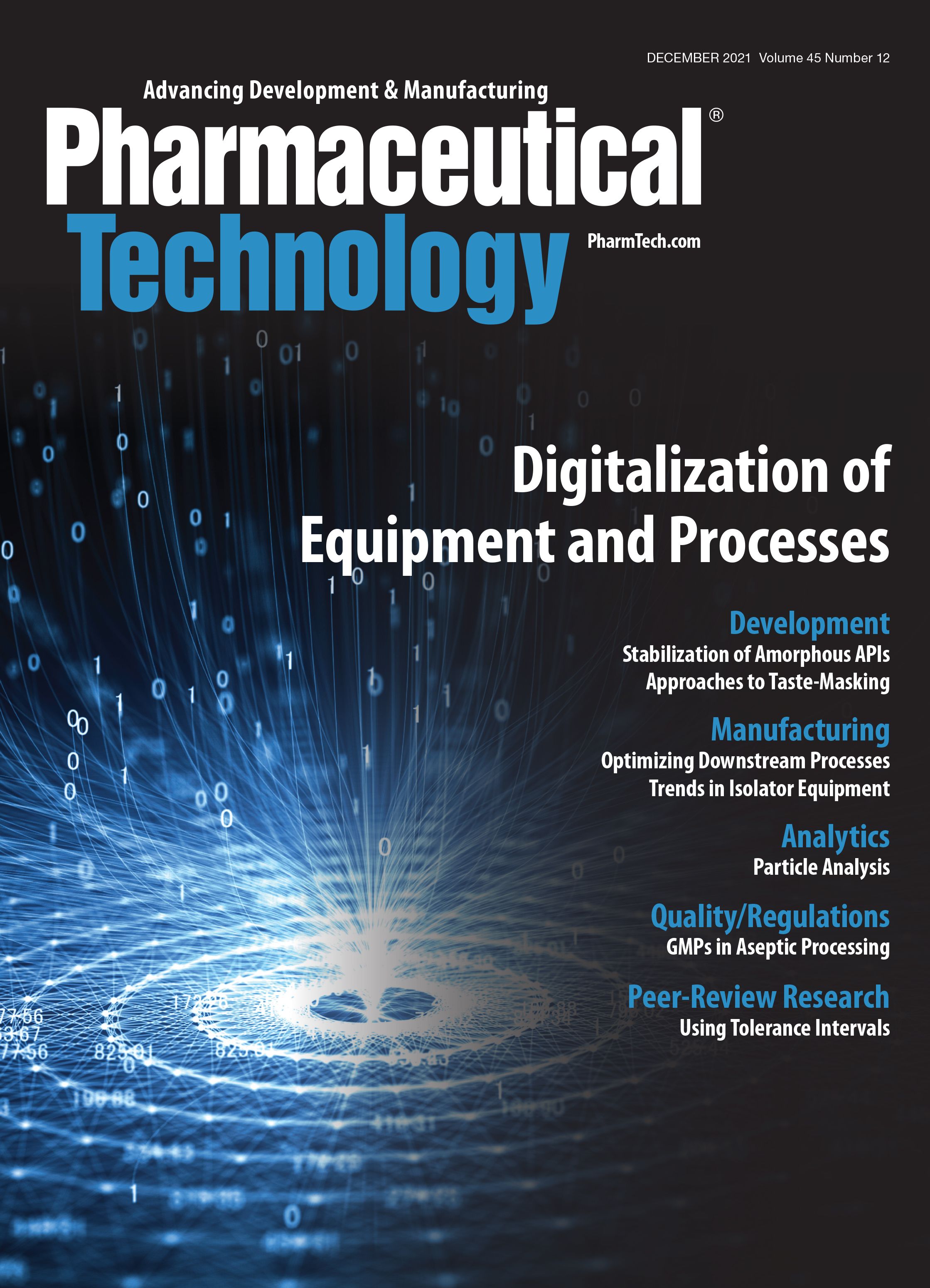Publication
Article
Pharmaceutical Technology
Using Tolerance Intervals to Assess Conformance to Requirements
Author(s):
The authors introduce the idea of asymmetrical tolerance intervals as an aid in fully assessing product performance relative to product or process requirements.
Paulista - Stock.adobe.com

Unused, misused, or misunderstood, statistical tolerance intervals are fundamentally different from statistical confidence intervals, which provide interval estimates for summary statistics, such as mean and standard deviation. Tolerance intervals were developed as a tool to provide confidence intervals for a population proportion. With insights gained, the tolerance interval can be effectively used to develop product and process specifications as well as determine conformance to requirements.
Statistical tolerance intervals are routinely used to assess a product’s conformance to requirements and to provide a range within which one can expect product attributes to be contained. In this paper, the authors focus on parametric tolerance intervals that assume normally distributed data. The authors introduce the idea of asymmetrical tolerance intervals as an aid in fully assessing product performance relative to product or process requirements.Tolerance intervals are generated by collecting data through sampling of representative product and processes and using tolerance interval factors (k) to create the tolerance limits. Tolerance interval factors are widely available in tables and available in many statistical computer programs.
Click here for a PDF of the article.About the authors
Lynn D. Torbeck is a statistician with Torbeck and Associates. Chuck Pheatt is Professor Emeritus with Emporia State University.
Article Details
Pharmaceutical Technology
Volume 45, Number 12
December 2021
Page: 38–42
Citation
When referring to this article, please cite it as L. D. Torbeck and C. Pheatt, “Using Tolerance Intervals to Assess Conformance to Requirements,” Pharmaceutical Technology 45 (12) 2021.
Newsletter
Get the essential updates shaping the future of pharma manufacturing and compliance—subscribe today to Pharmaceutical Technology and never miss a breakthrough.






